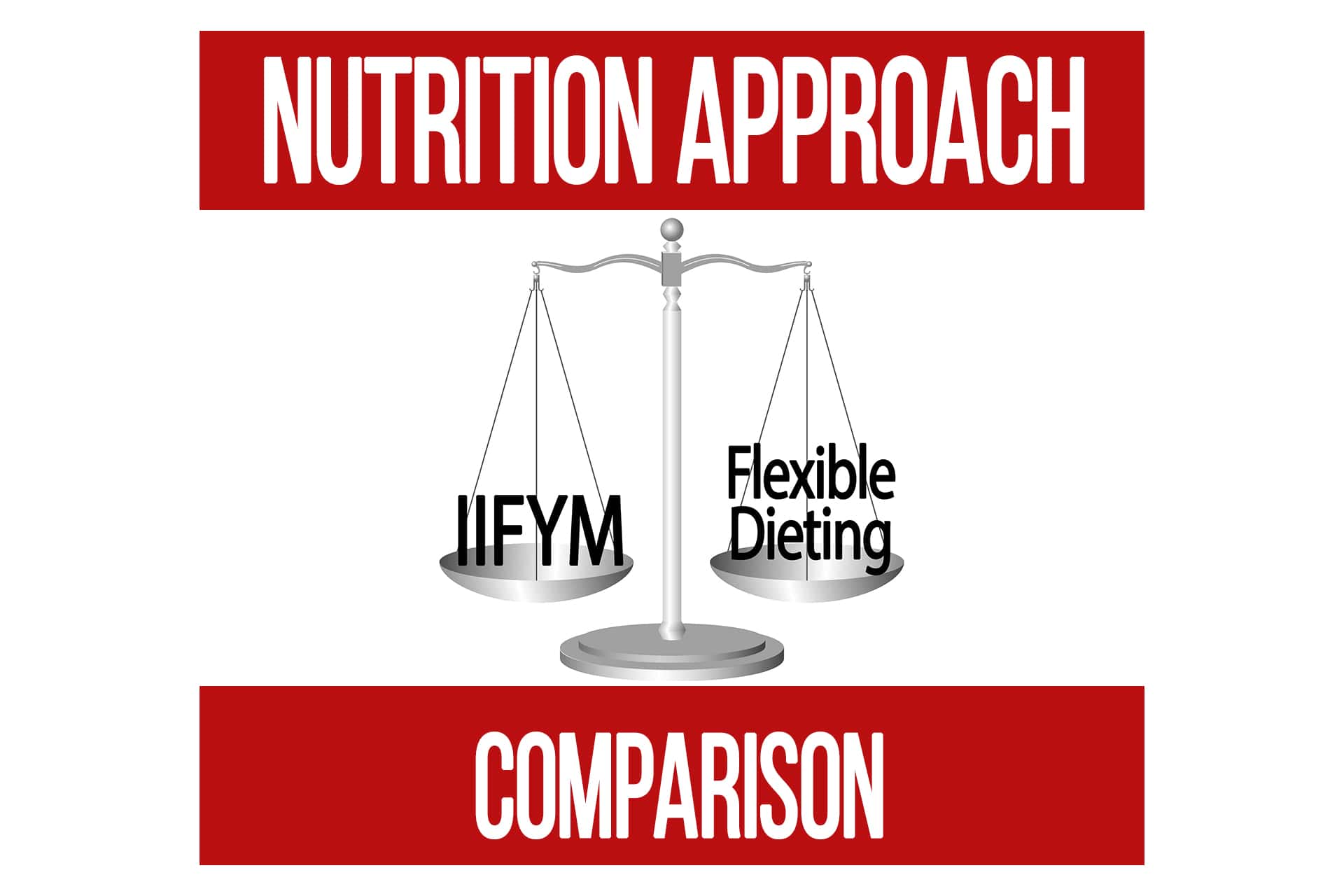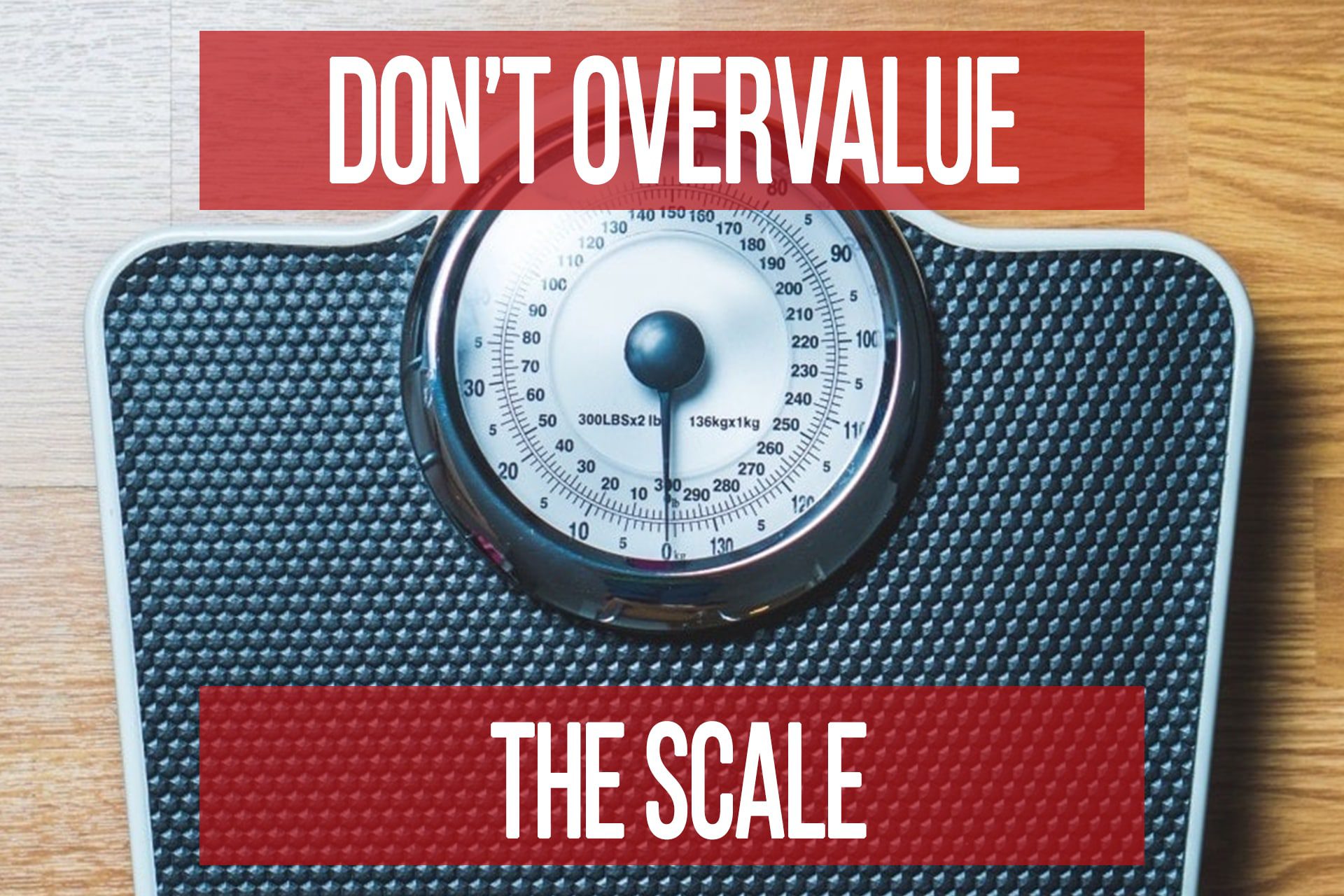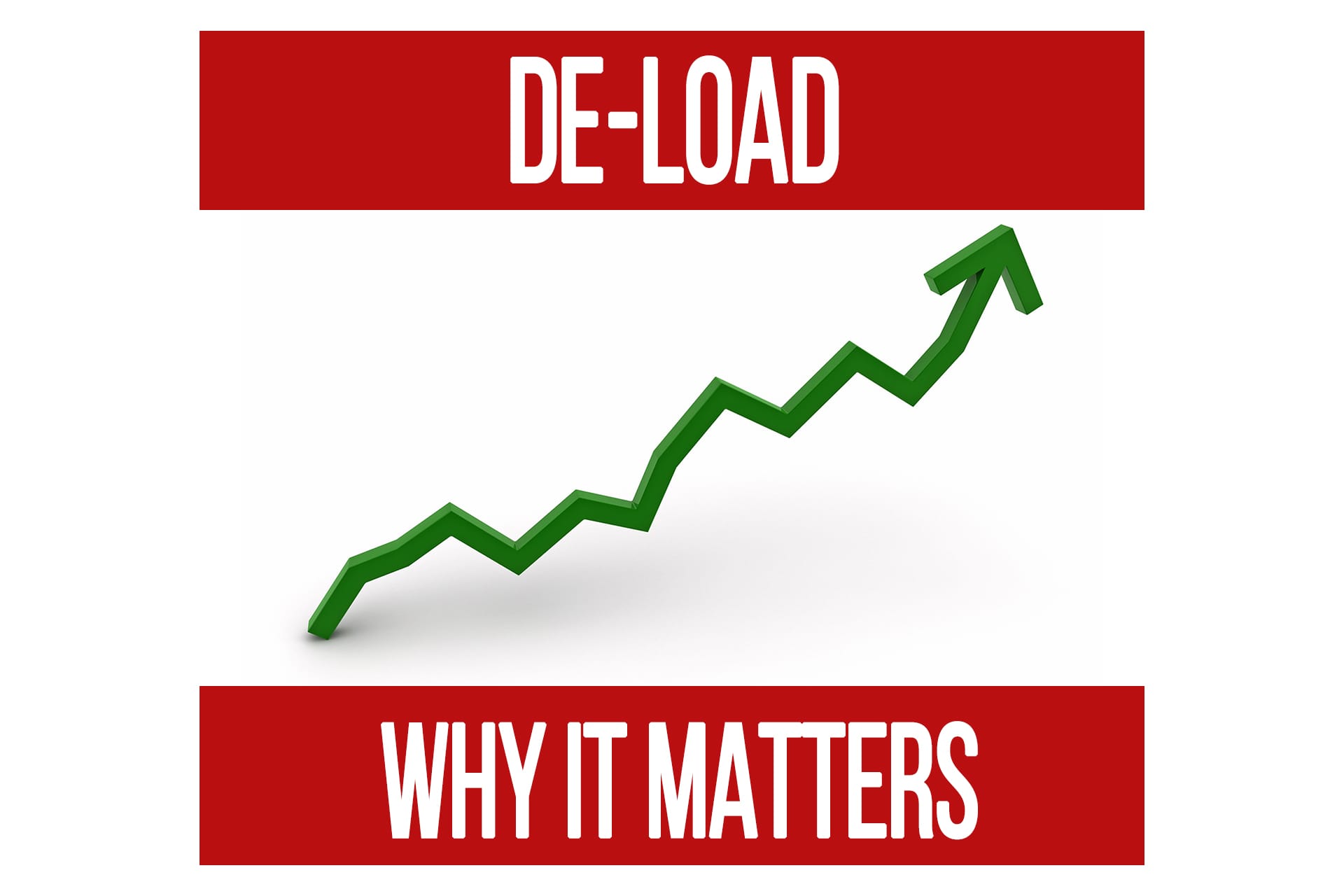IIFYM vs Clean Eating
n1 training
First, I think it is important to touch on the fact that I do not think If It Fits Your Macros (IIFYM) and Flexible Dieting are synonymous. You can read the full article HERE before diving into this one. I also feel it is worth mentioning in the beginning that I have spent quality time with both approaches. In that time, I had enough success to win numerous shows with an extreme Clean Eating approach and turn pro in the IFBB in Men’s Physique while following an extreme IIFYM approach (note: I do not think this validates either diet, I simply think it’s worth mentioning for context).
Alongside qualifying myself to write this article, it should be mentioned that no matter the nutritional approach there are pros and cons and the ability to tell any narative you would like to tell. Just as there is trash talk within sport rivalries, there is trash talk within nutritional approaches.
Let’s dive into today’s topic: IIFYM vs Clean Eating. In a world of diet confusion, it seems nutritional belief keeps getting split into different categories, sides, or teams. Although great marketing, it is confusing to the end consumer and it’s not helping people understand how to consume healthier foods and form a healthy relationship with food. In this article, I want to do my best to break down IIFYM and Clean Eating into their respective arguments and evaluate if one is better than the other. As you read through this article you may find out that neither of these is the best approach for you.
First, let’s define the bare bone structure of IIFYM and Clean Eating to ensure you understand the context as you read through this article:
IIFYM: A diet approach consisting of hitting the three macronutrient targets, daily (Protein, Carbohydrates, Fats). In this diet, it is advised to track your macronutrients throughout the day to ensure you are hitting your daily targets. The selling point of this approach is finding a better “balance” with food by no foods being “off limits” within your diet. That is right! As long as it is within your macronutrient ranges, nothing is off limits.
Clean Eating: A diet approach consisting of a short health-first wholesome list of foods that have been deemed as acceptable. In this diet, it is advised that you only consume whole nutrient-dense foods. There is less focus on the idea of tracking daily macronutrient targets and more focus on food quality with a rough guideline of portion control per meal. The main goal with this diet is to stick to only “clean” foods and anything outside of that is considered “dirty” or “off limits”.
Now, let’s look at the undeniable, still unresolved, battle of IIFYM verse a clean eating approach. Although different methods, these two groups have one common goal in mind: overall health and wellness. I think it is safe to say, whether you choose to follow a strict diet filled with 6 foods or a strict diet filled with 26 foods — the choice is yours and it does not necessarily define how “healthy” you are or aren’t. Somewhere between “nothing is off limits” and only eating from a short list of “acceptable” foods, we start to form a list of pros and cons. Both of these diets come with their list of drawbacks (cons). These drawbacks can include:
- Over restriction, leading to binging episodes or decision paralysis
- Getting overly attached to certain foods
- Obsession with food choice
- Lack of understanding with food decision
- Overconsumption of low-nutrient foods, leading to micronutrient deficiencies
- Developing a poor relationship with food
- Loss of ability to enjoy social occasion where there is food involved
There are also positives (pros) that they both can possess:
- Gain of control over your day to day nutritional intake
- The understanding of tracking macronutrient/calorie intake
- Consuming a high percentage of nutrient-dense foods
- Consistency
- A better understanding of the impact of different types of food
- Portion control
- The ability to enjoy social occasion where there is food involved
As you can see from above, both come with an overlap of pros and cons that will depend on the individual and their ultimate understanding, experience, and discipline with their respective diet approach. Before I go into any further detail about the pros or cons of either diet, I think it is only fair to lay out their respective arguments and evaluate the reality of each.
As I have spent time in both extremes of IIFYM and Clean Eating, I can transparently say that I came out on the other side with more emotional issues towards food and misunderstood tendencies that would resemble an eating disorder than I ever thought possible. I have also spent the last four years coaching competitive athletes and a wide range of general population, both male and female, that exhibit similar issues with both of these diet approaches.
The fact that the main goal of a diet approach is to come out on the other side a healthier individual, both mentally and physically, makes me rethink both of these popular approaches and their application for anyone looking to improve their overall health. At the end of the day, it is not an optimal approach if it comes with large set of rules and requires you to commit to a lifetime of what you are not going to enjoy — no matter what “approach” is called.
So, as I stated toward the beginning of this article, you may find out that neither of these is the best approach for you. You also may find a happy medium within each that makes you happy and improves your health and body composition. If you are still wondering where I draw the line when making the comparison between IIFYM and Flexible Dieting, read the full article HERE!
First, I think it is important to touch on the fact that I do not think If It Fits Your Macros (IIFYM) and Flexible Dieting are synonymous. You can read the full article HERE before diving into this one. I also feel it is worth mentioning in the beginning that I have spent quality time with both approaches. In that time, I had enough success to win numerous shows with an extreme Clean Eating approach and turn pro in the IFBB in Men’s Physique while following an extreme IIFYM approach (note: I do not think this validates either diet, I simply think it’s worth mentioning for context).
Alongside qualifying myself to write this article, it should be mentioned that no matter the nutritional approach there are pros and cons and the ability to tell any narative you would like to tell. Just as there is trash talk within sport rivalries, there is trash talk within nutritional approaches.
Let’s dive into today’s topic: IIFYM vs Clean Eating. In a world of diet confusion, it seems nutritional belief keeps getting split into different categories, sides, or teams. Although great marketing, it is confusing to the end consumer and it’s not helping people understand how to consume healthier foods and form a healthy relationship with food. In this article, I want to do my best to break down IIFYM and Clean Eating into their respective arguments and evaluate if one is better than the other. As you read through this article you may find out that neither of these is the best approach for you.
The Bare Bones
First, let’s define the bare bone structure of IIFYM and Clean Eating to ensure you understand the context as you read through this article:
IIFYM: A diet approach consisting of hitting the three macronutrient targets, daily (Protein, Carbohydrates, Fats). In this diet, it is advised to track your macronutrients throughout the day to ensure you are hitting your daily targets. The selling point of this approach is finding a better “balance” with food by no foods being “off limits” within your diet. That is right! As long as it is within your macronutrient ranges, nothing is off limits.
Clean Eating: A diet approach consisting of a short health-first wholesome list of foods that have been deemed as acceptable. In this diet, it is advised that you only consume whole nutrient-dense foods. There is less focus on the idea of tracking daily macronutrient targets and more focus on food quality with a rough guideline of portion control per meal. The main goal with this diet is to stick to only “clean” foods and anything outside of that is considered “dirty” or “off limits”.
Pros & Cons
Now, let’s look at the undeniable, still unresolved, battle of IIFYM verse a clean eating approach. Although different methods, these two groups have one common goal in mind: overall health and wellness. I think it is safe to say, whether you choose to follow a strict diet filled with 6 foods or a strict diet filled with 26 foods — the choice is yours and it does not necessarily define how “healthy” you are or aren’t. Somewhere between “nothing is off limits” and only eating from a short list of “acceptable” foods, we start to form a list of pros and cons. Both of these diets come with their list of drawbacks (cons). These drawbacks can include:
- Over restriction, leading to binging episodes or decision paralysis
- Getting overly attached to certain foods
- Obsession with food choice
- Lack of understanding with food decision
- Overconsumption of low-nutrient foods, leading to micronutrient deficiencies
- Developing a poor relationship with food
- Loss of ability to enjoy social occasion where there is food involved
There are also positives (pros) that they both can possess:
- Gain of control over your day to day nutritional intake
- The understanding of tracking macronutrient/calorie intake
- Consuming a high percentage of nutrient-dense foods
- Consistency
- A better understanding of the impact of different types of food
- Portion control
- The ability to enjoy social occasion where there is food involved
As you can see from above, both come with an overlap of pros and cons that will depend on the individual and their ultimate understanding, experience, and discipline with their respective diet approach. Before I go into any further detail about the pros or cons of either diet, I think it is only fair to lay out their respective arguments and evaluate the reality of each.
Arguments & Evaluating Reality
In each of the arguments below, we’ll be looking at the most common information used to promote each respective diet approach.
As I have spent time in both extremes of IIFYM and Clean Eating, I can transparently say that I came out on the other side with more emotional issues towards food and misunderstood tendencies that would resemble an eating disorder than I ever thought possible. I have also spent the last four years coaching competitive athletes and a wide range of general population, both male and female, that exhibit similar issues with both of these diet approaches.
The fact that the main goal of a diet approach is to come out on the other side a healthier individual, both mentally and physically, makes me rethink both of these popular approaches and their application for anyone looking to improve their overall health. At the end of the day, it is not an optimal approach if it comes with large set of rules and requires you to commit to a lifetime of what you are not going to enjoy — no matter what “approach” is called.
So, as I stated toward the beginning of this article, you may find out that neither of these is the best approach for you. You also may find a happy medium within each that makes you happy and improves your health and body composition. If you are still wondering where I draw the line when making the comparison between IIFYM and Flexible Dieting, read the full article HERE!

Popular Pages
Learn & Train With Us
Add N1 Training to your Homescreen!

Please log in to access the menu.


